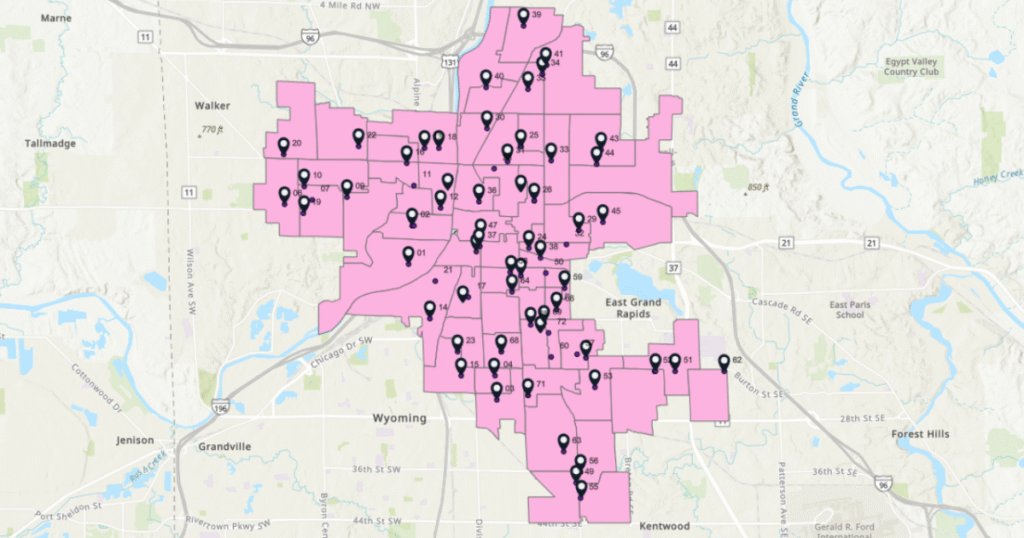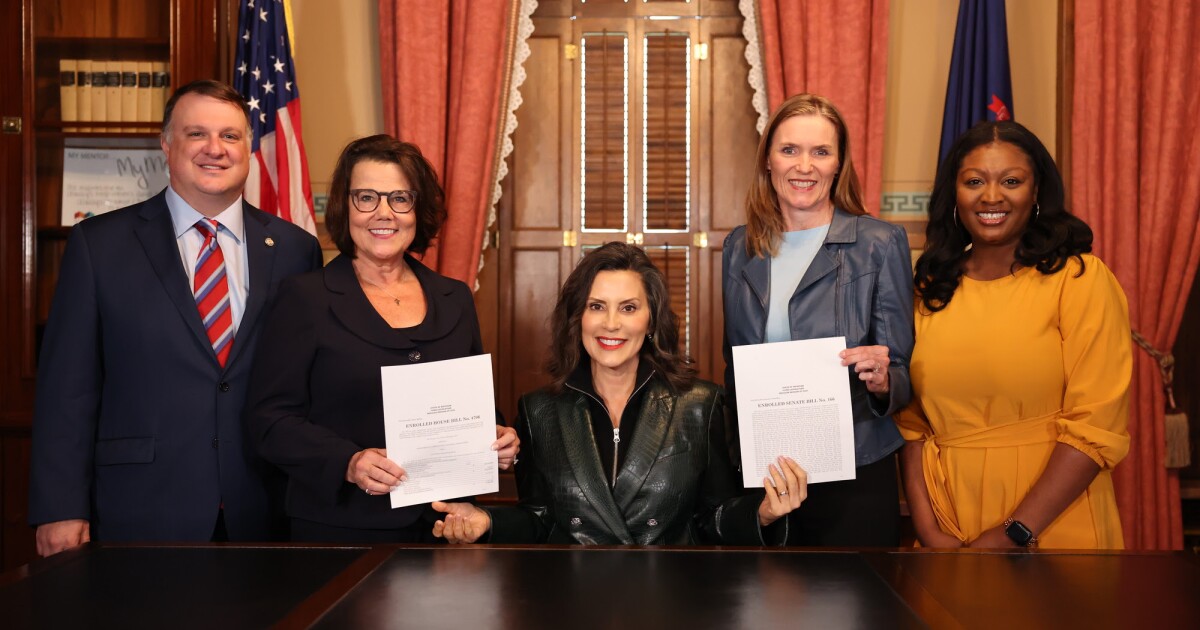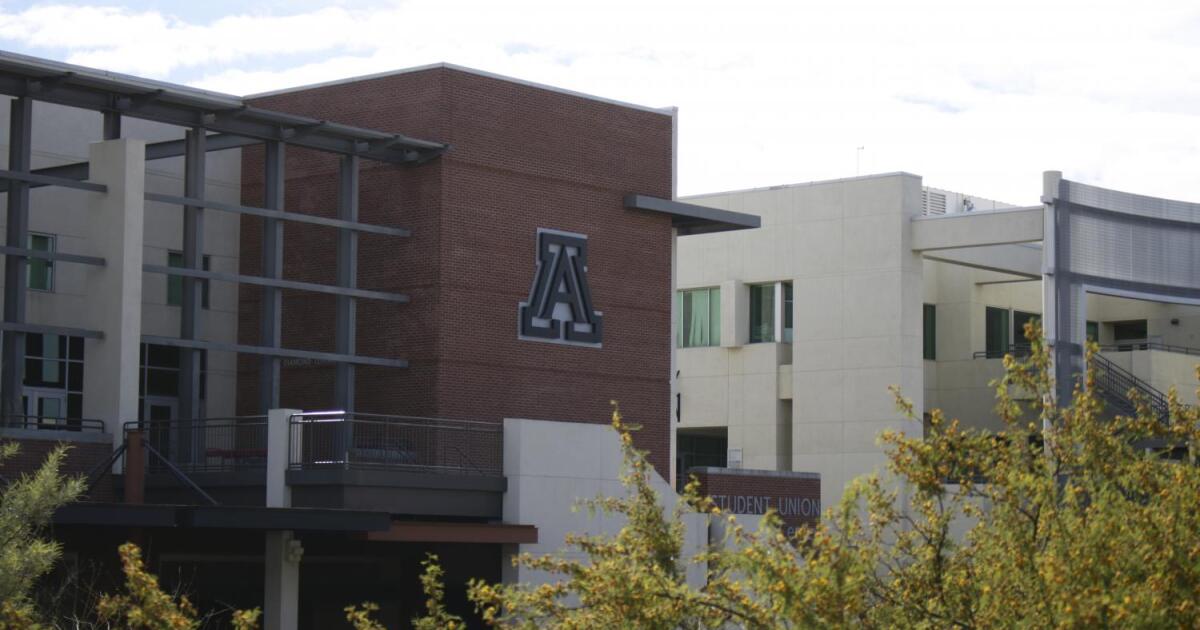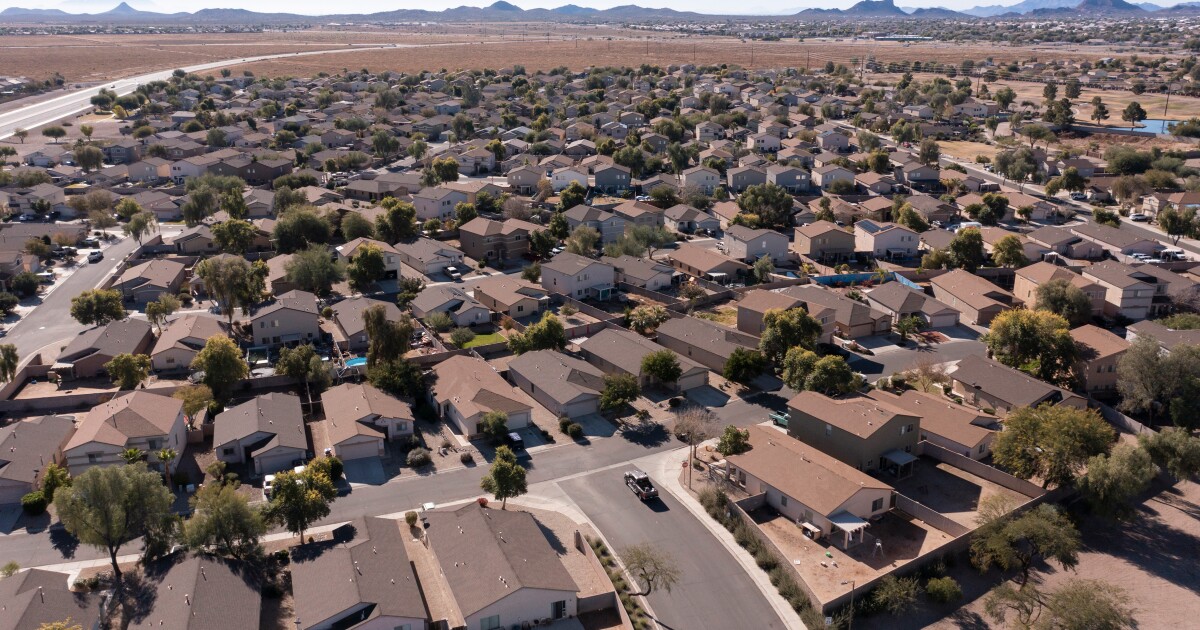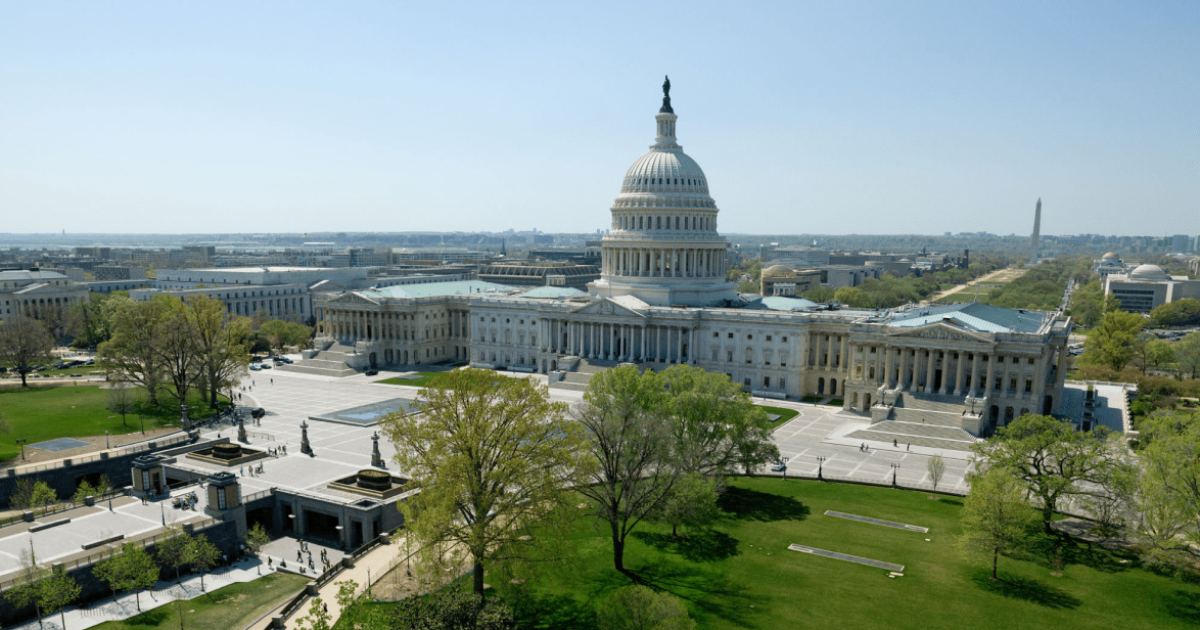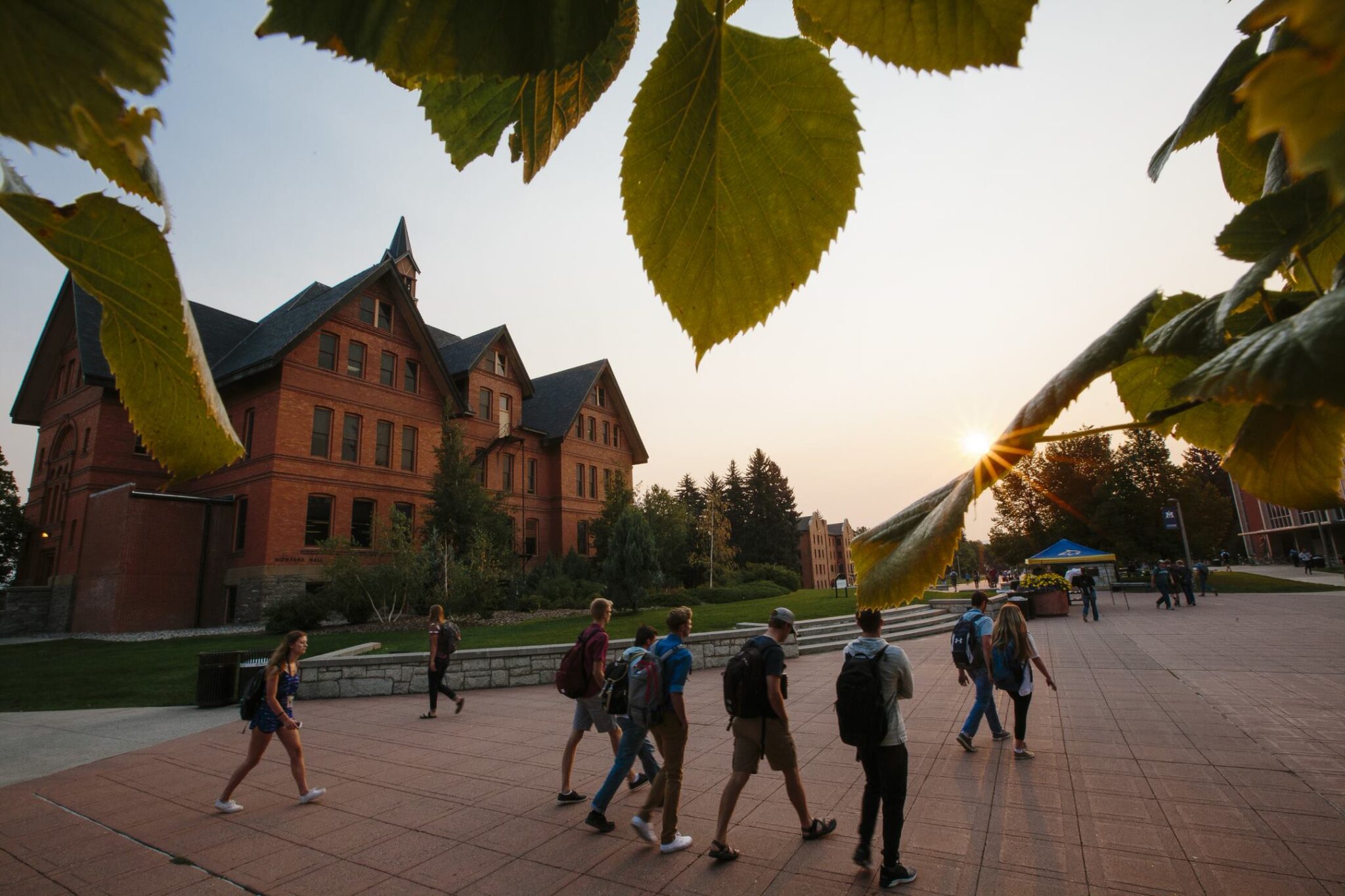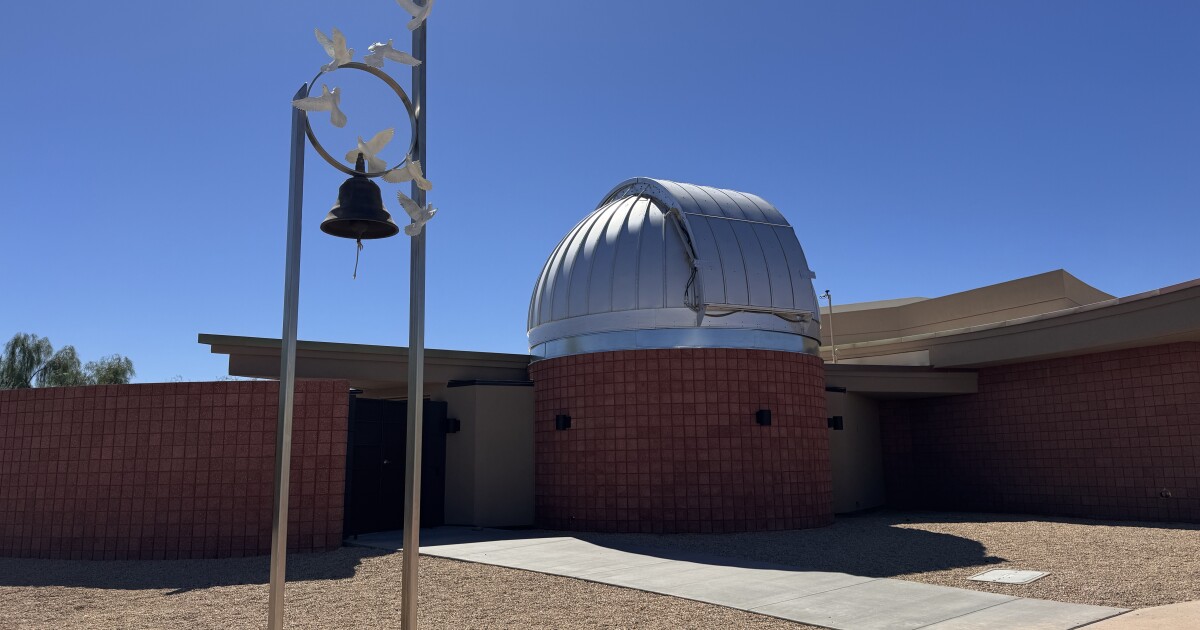The evolving landscape of absentee voting in Grand Rapids is prompting officials to rethink the city’s voting precincts. With a noticeable uptick in mail-in ballots, city leaders are weighing a proposal to reduce the number of precincts. This move has sparked discussions on its potential impact on voter access, especially in the third ward.
Adjusting Precinct Boundaries in Grand Rapids
Grand Rapids, with a population nearing 200,000, has seen a shift in its voting precincts over the years. The city, which currently has 74 precincts, is considering a plan to reduce this number to 59 by the next midterm election. This change would mean that each precinct would have its own polling place, although eight current locations would be closed, and three new ones would be introduced.
Joel Hondorp, the city clerk, noted that while the number of precincts has decreased by about 25% since the 1950s, the city has actually grown by 20,000 people since then.
Trends in Voting and Cost Implications
The consolidation of precincts is part of a broader trend across Michigan municipalities following a state decision to increase the maximum number of voters per precinct from 2,999 to 5,000. This is seen in cities like Flint and Ferndale. The strategy is partly driven by a decline in in-person voting and the need to manage costs effectively.
Hondorp explained that the cost of maintaining election equipment is rising and that reducing precincts could save approximately $20,000 per election. “Michigan is in year eight of our election equipment that we put into place in 2017 and so in the next few years, that election equipment is going to have to be replaced,” he said.
Community Concerns and Reactions
Not everyone is convinced about the benefits of the proposed changes. City Commissioner Kelsey Perdue expressed concerns about the plan, suggesting that proximity to polling places is crucial for voter turnout. She emphasized that changes might disproportionately affect the third ward, which includes significant Black and Latino populations.
Perdue proposed an amendment to allow precincts to consolidate without eliminating polling locations, but it was not adopted. In contrast, Commissioner Marshall Kilgore supports the changes, believing they will streamline the voting process and reduce wait times.
Impact on Voter Access
Observations from a Michigan Public analysis show that most precincts would have similar or reduced distances between polling places and precinct edges. However, some distances might increase slightly. These changes are part of a broader context where voting methods in Michigan have evolved due to ballot proposals in 2018 and 2022 that expanded absentee and early voting options.
Voter rights advocates like Ashiya Brown from All Voting is Local acknowledge that while precinct closures can seem daunting, in some cases, new polling locations are very close to the old ones. “It can sound like they’re closing polling locations, they’re disenfranchising voters,” Brown said, but often the new sites are within eyesight of the old ones.
Looking Ahead
The Grand Rapids Commission is scheduled to vote on the precinct consolidation proposal next week, a decision that could reshape the voting landscape in Michigan’s second-largest city. As the city navigates these changes, residents and officials alike are weighing the balance between efficiency, cost, and accessibility in the electoral process.
—
Read More Michigan News

